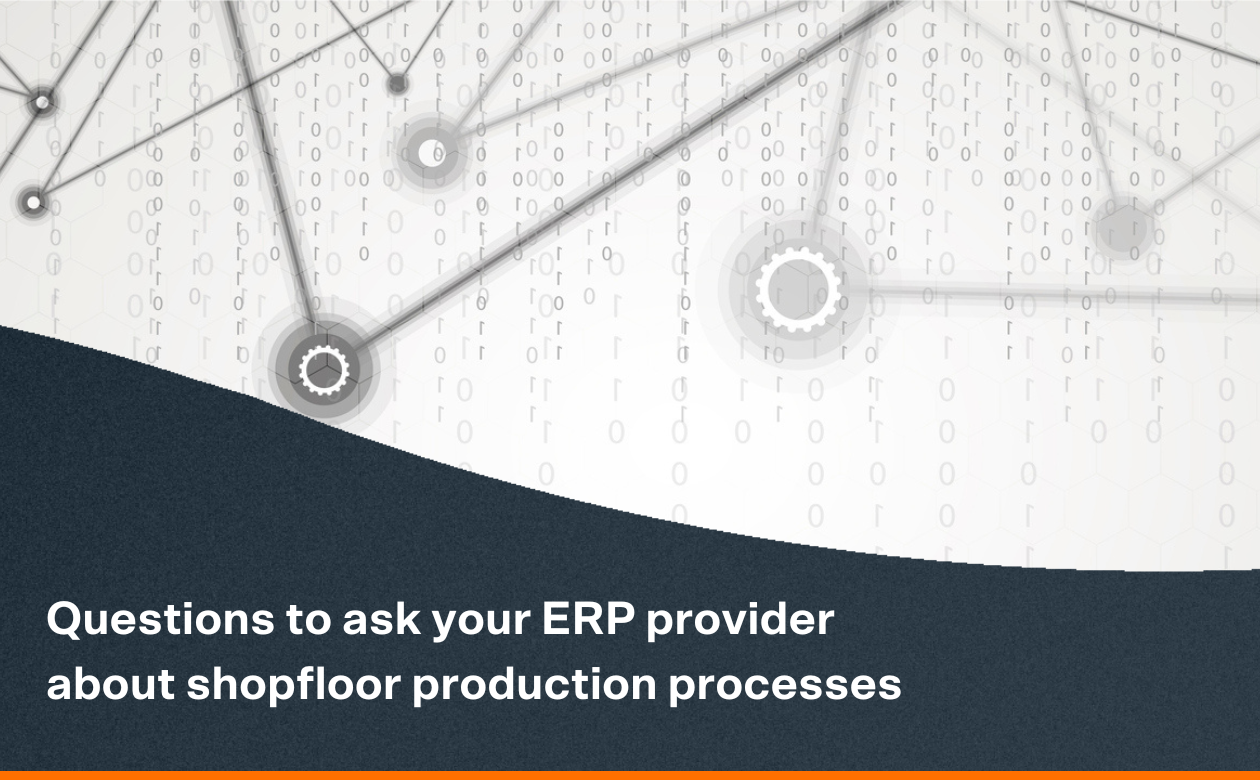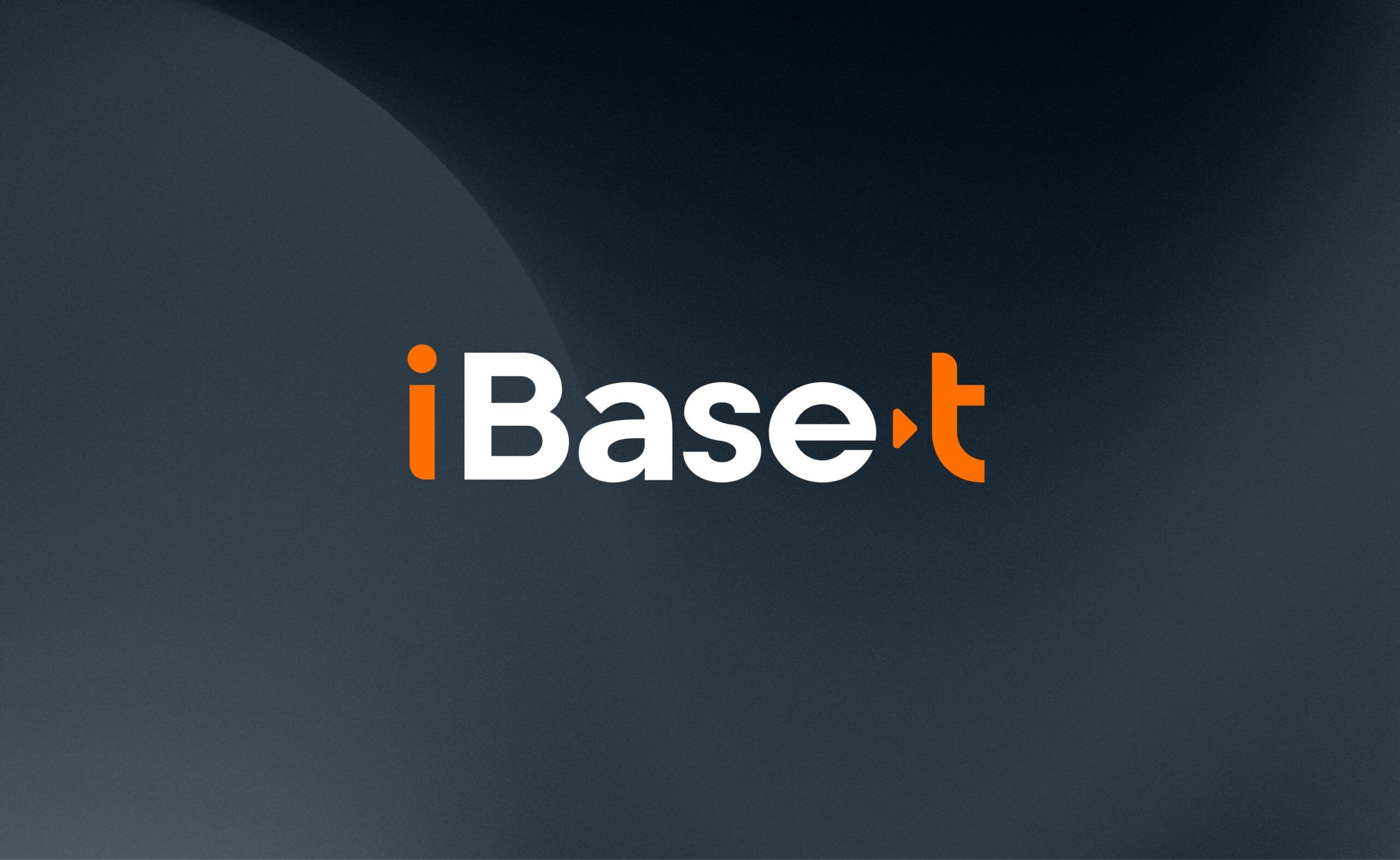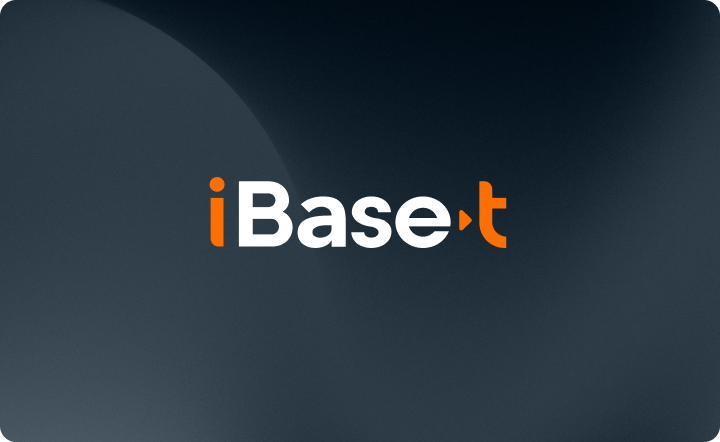Ever since the emergence of Enterprise Resource Planning (ERP) suites, there has been an ongoing debate about the best-of-breed (BoB) approach to application architectures versus a single-vendor suite to deliver functionality in manufacturing. Stepping back for a moment, the bigger story is how to best manage a collection of applications to perform a wide variety of tasks across an enterprise. This challenge is addressed by implementing an integrated solution – but what is the best approach? There are two ways to accomplish this objective: Purchase a single vendor offering touted as a “complete solution” or purchase several vendor offerings, as a BoB strategy.
At the center of this debate for manufacturers has been the triad of business, operations, and engineering systems represented by ERP, Manufacturing Execution System (MES), and Product Lifecycle Management (PLM) applications. The intersection of these disciplines has driven much of the merger and acquisition (M&A) activity in the industrial software market over the last two decades. PLM vendors have snapped up MES companies, as have ERP providers. Some PLM players have even bought mid-market ERP providers as a mechanism to gain more presence in that sector.
This M&A history might make one believe that the single suite approach delivers better value that a BoB approach can’t – but this isn’t usually true. There are several reasons why this isn’t the case. Learn more by reading these articles:
What is now increasingly understood is that the best option is an integrated solution – one that can operate as a cohesive system providing real-time, actionable data that is delivered in context for superior decision support. As manufacturers drive towards broader Industry 4.0 and digital transformation strategies, the decision on how best to have an integrated solution is becoming even more critical.
What is Integrated?
First, it is essential to understand that just because solutions come from a single vendor, it doesn’t automatically mean they are integrated. The opposite is also true – multi-vendor solutions may not be integrated either. Unless solutions from two vendors were integrated before an M&A activity, they won’t miraculously be integrated just because they are now from a single company.
The reality is that once the companies are one, there will be a lot of effort to truly integrate their products. While most of us think of something like Microsoft Office when we think of integrated software, it also refers to software that works together via common APIs, protocols, and standards. Another characteristic is to have a common support mechanism that allows users to have a seamless experience.
Today, it is much easier for products from two vendors to integrate thanks to the trend of ever-strengthening standardization. As digital twins have become synonymous with Industry 4.0, it is becoming critical for operations software, notably MES and PLM solutions, to exchange information. Integration is even more important when manufacturing smart products, as much of the product differentiation is in the embedded software of these products. This is especially true with complex A&D systems but is also true in virtually every sector today. If there is a semiconductor chip in the product, the software is as much a part of the bill-of-materials as the mechanical components.
Read more about the ideal location for bill-of-materials in this article, eBOM vs. mBOM: The Perennial Debate of What, Where and When
How to Know if Multi-vendor Solutions are “Integrated”
Besides the use of common technology, as noted above, the other aspect of integration is how the vendors have structured their mutual relationship. In the case where the vendors have strictly distinct but complementary applications, it is usually easy to see the mutual benefits that each partner has from offering an integrated solution. When one of the vendors has competing technology, such as a PLM vendor that already has an MES solution, it becomes less obvious as to the nature of the relationship.
For example, when one supplier has a broadly applicable solution set, such as engineering and MES solutions that are widely used across multiple industries, but their PLM solution is popular in a specialized industry such as complex discrete, their MES solution may fail to meet the specialized industry requirements.
In this type of scenario, there are a couple of ways for vendors to overcome a shortcoming of capabilities:
- Add functionality to their existing product, likely complicating it and making it less attractive to the broader market,
- Partner with an industry-specific BoB supplier to meet the functional needs of their customer.
For many companies, a partnership approach makes the most sense, which can benefit both suppliers and customers. As described in the above scenario, since the PLM vendor already has an MES application, it likely has a well-established set of APIs, objects, and other artifacts that could support interaction between the PLM and MES functions. If that vendor provides access to those technical elements of its solution set to the partner vendor, and at the same time, is willing to extend its product set to incorporate the industry-specific elements needed by the MES vendor into its solution set, it can truly offer an integrated solution.
Digital Continuity Demands Integration
Any company looking to embrace a digital strategy should view the integration of their ERP, PLM, MES, and other solutions as a prerequisite. Success stories from companies that are far along their digital path make it clear that when it comes to business systems, PLM, and MES integration, the benefits exceed what you can get by just implementing the individual systems in their silos.




